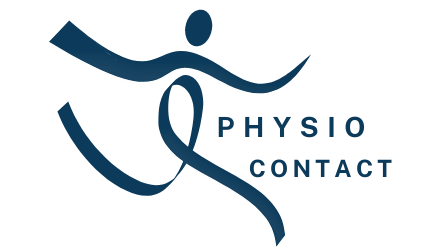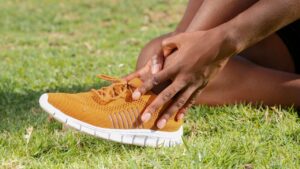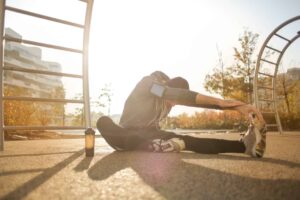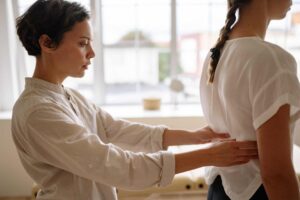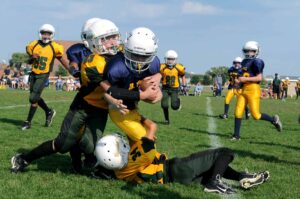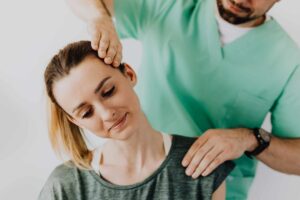Back pain can make everyday activities challenging. Research shows Pilates exercises offer significant relief for chronic low back pain. This blog will guide you through Pilates exercises for back pain relief and rehabilitation, focusing on improving core strength, flexibility, and posture.
Discover how to soothe your back pain with Pilates.
Key Takeaways
- Pilates exercises like the Pelvic Curl, Single-Leg Lifts, and Chest Lift strengthen core muscles, which support the spine and reduce back pain.
- Supine Spine Twist and other Pilates movements increase spinal flexibility and alleviate muscle stiffness, helping with back pain relief.
- Engaging in Pilates improves posture by teaching body awareness and encouraging proper alignment, which can prevent future back pain.
- Regular practice of Pilates for back rehabilitation enhances core stability and endurance, offering essential support to the lower spine.
- Incorporating targeted Pilates exercises into a daily routine can lead to better overall body strength, reduced discomfort from back issues, and improved quality of life.
Related post How To Warm Up And Cool Down Effectively To Prevent Injury
5 Pilates Exercises for Back Pain Relief and Rehabilitation
Pilates exercises can help relieve back pain. They include movements like pelvic curls, single-leg lifts, chest lifts, and supine spine twists.
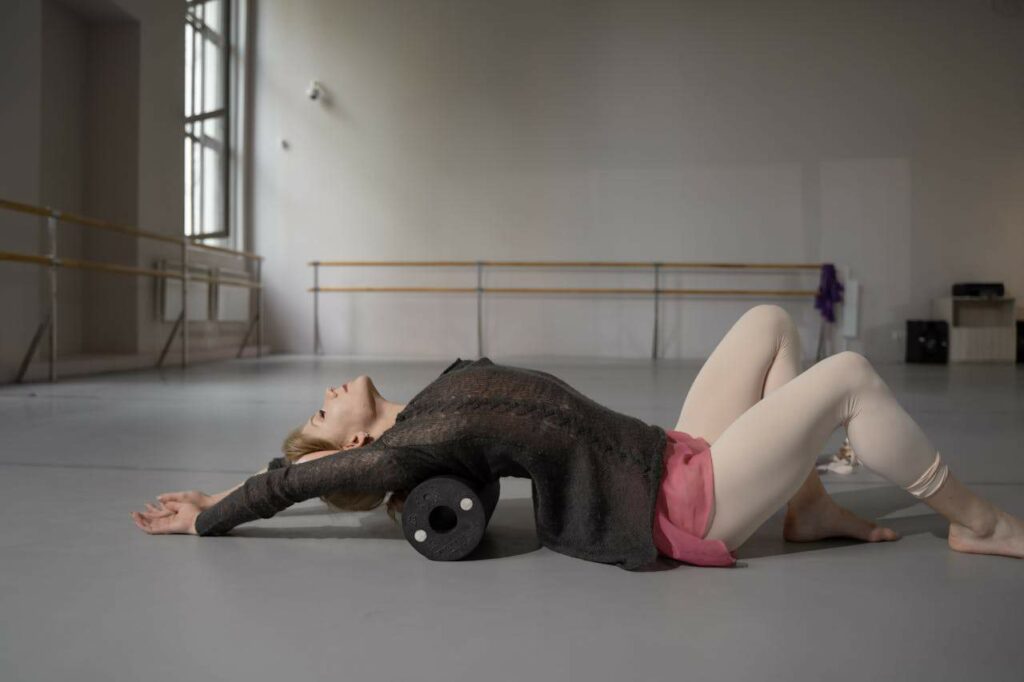
Pelvic Curl
The Pelvic Curl is a foundational Pilates pelvic floor exercise that helps in reducing lower back pain. It targets the pelvic floor muscle, core and spinal muscles, promoting spinal health and muscle conditioning.
- Start by lying on your back with your knees bent and feet flat on the floor, hip-width apart.
- Place your arms by your sides with palms facing down.
- Inhale to prepare, focusing on engaging your core muscles.
- Exhale slowly as you press your feet into the floor, lifting your hips off the ground.
- Roll up one vertebra at a time until your body forms a straight line from shoulders to knees.
- Hold this position for a few seconds while breathing deeply.
- Inhale and start rolling down slowly, returning to the starting position one vertebra at a time.
- Make sure to keep your core engaged throughout the entire movement to support your lower back.
- Repeat this exercise 10-15 times for best results in strengthening the back and alleviating pain.
- Focus on smooth, controlled movements to maximize the benefits for spinal health and muscle conditioning without straining the back.
This exercise not only aids in lower back pain relief but also works effectively for posture improvement through core strengthening exercises fundamental in therapeutic Pilaines routines designed for back pain management and rehabilitation exercises for back pain.
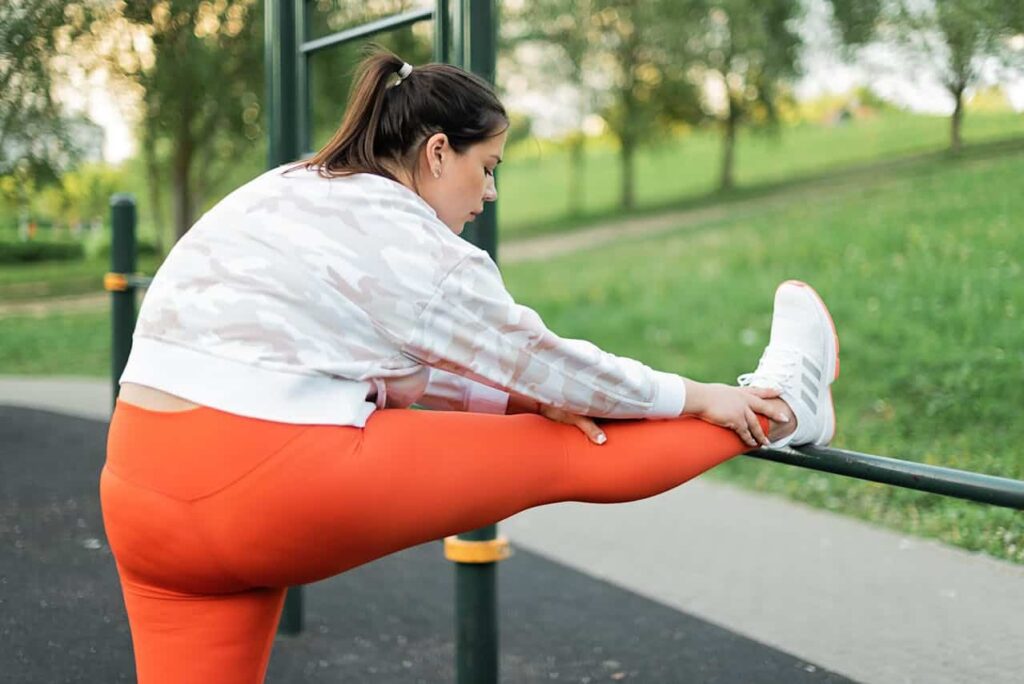
Single-Leg Lifts
Pilates exercises known as single-leg lifts can be beneficial for back pain relief and rehabilitation.
These exercises focus on strengthening the core and lower back muscles.
- Single-leg lifts help improve core strength, which is essential for supporting the spine and reducing back pain.
- This exercise targets the deep stabilizing muscles of the lower back, promoting better posture and alignment.
- By engaging the abdominal muscles, single-leg lifts contribute to improved spinal stability, reducing strain on the lower back.
- These Pilates movements also enhance flexibility in the hip flexors and hamstrings, supporting overall spinal health.
- Incorporating single-leg lifts into a Pilates routine can help individuals with back pain regain mobility and prevent future discomfort.
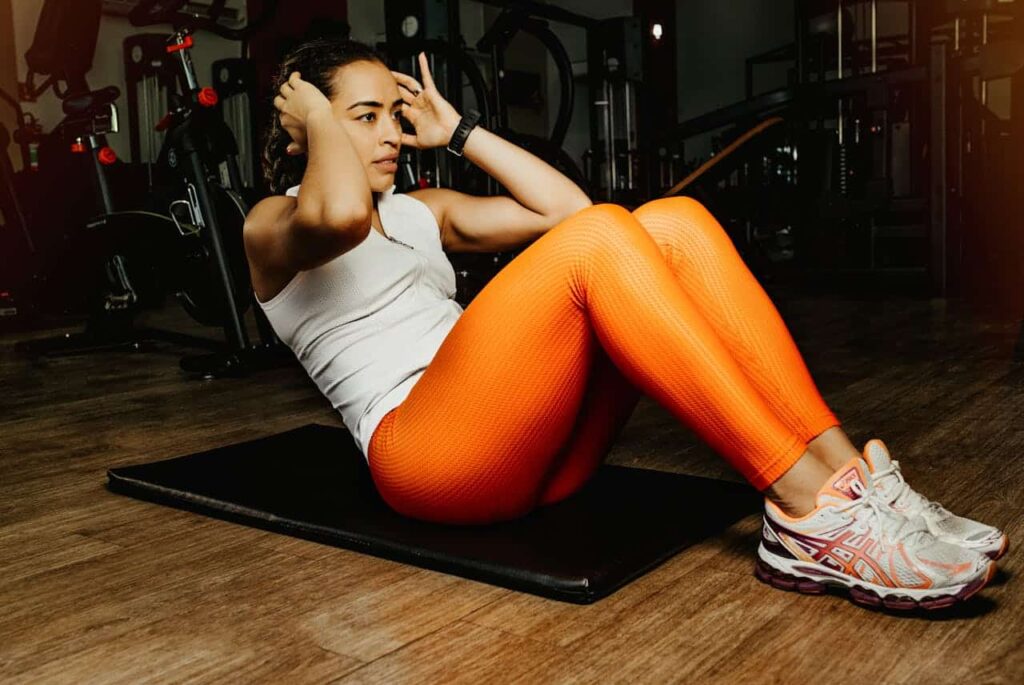
Chest Lift
Pilates focuses on strengthening the core muscles, a key element in alleviating back pain. The chest lift is a beneficial Pilates exercise for improving posture and relieving back pain.
- The chest lift targets the abdominal muscles, helping to strengthen the core and improve overall body alignment.
- This exercise also helps to open up the chest and shoulders, reducing strain on the back.
- By engaging the core and lifting the chest, it encourages better posture, which is crucial for minimizing back pain.
- Additionally, the chest lift aids in stretching and strengthening the spine, enhancing flexibility and mobility in the back.
- Performing the chest lift regularly can contribute to better body awareness and improved support for the spine.
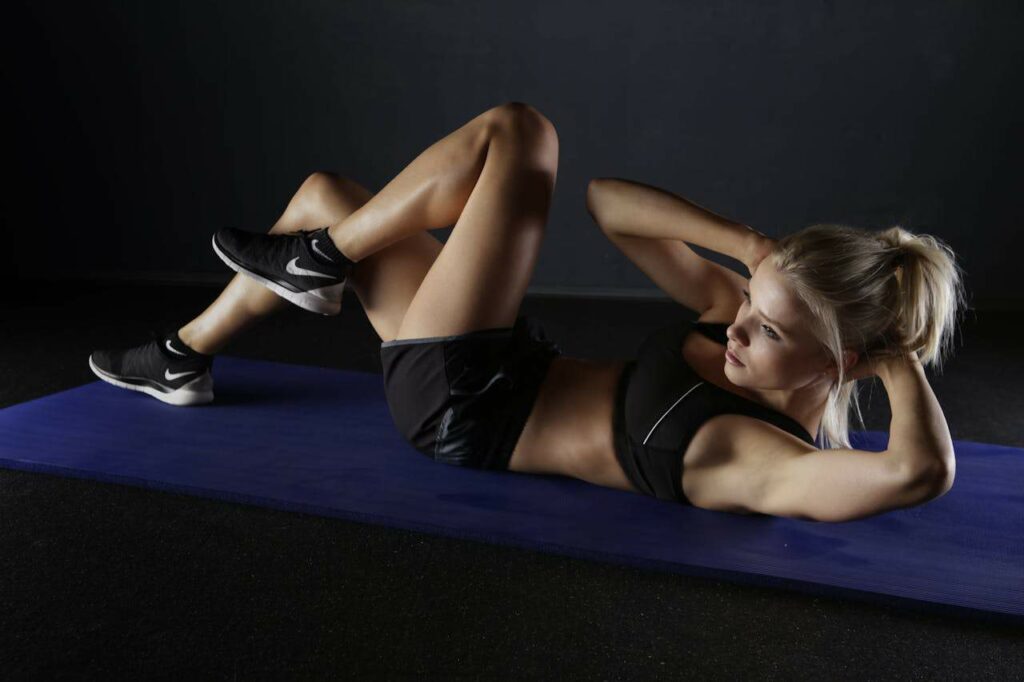
Supine Spine Twist
Supine Spine Twist is a Pilates exercise that helps alleviate back pain by improving spinal mobility and flexibility. This exercise also strengthens the core muscles, which contribute to better support for the spine and reduced risk of back pain.
- Lie on your back with arms extended out to the sides in line with the shoulders.
- Bend both knees towards the chest and then extend legs straight up towards the ceiling.
- Inhale to prepare, then exhale as you lower both legs to one side, keeping them together and ensuring your shoulders stay grounded.
- Inhale to return to the center, and then exhale as you lower legs towards the opposite side.
- Repeat this movement, alternating sides for a set number of repetitions or as instructed by your Pilates instructor.
- Focus on controlled movements and engage your core throughout the exercise.
- This exercise can help improve spinal mobility, reduce stiffness, and alleviate tension in the back muscles.
By incorporating Supine Spine Twist into your Pilates routine, you can enhance spinal flexibility and strengthen core muscles, contributing to reduced back pain and improved overall mobility.
This concise list offers step-by-step guidance for practicing Supine Spine Twist as part of a Pilates routine focusing on back pain relief and rehabilitation.
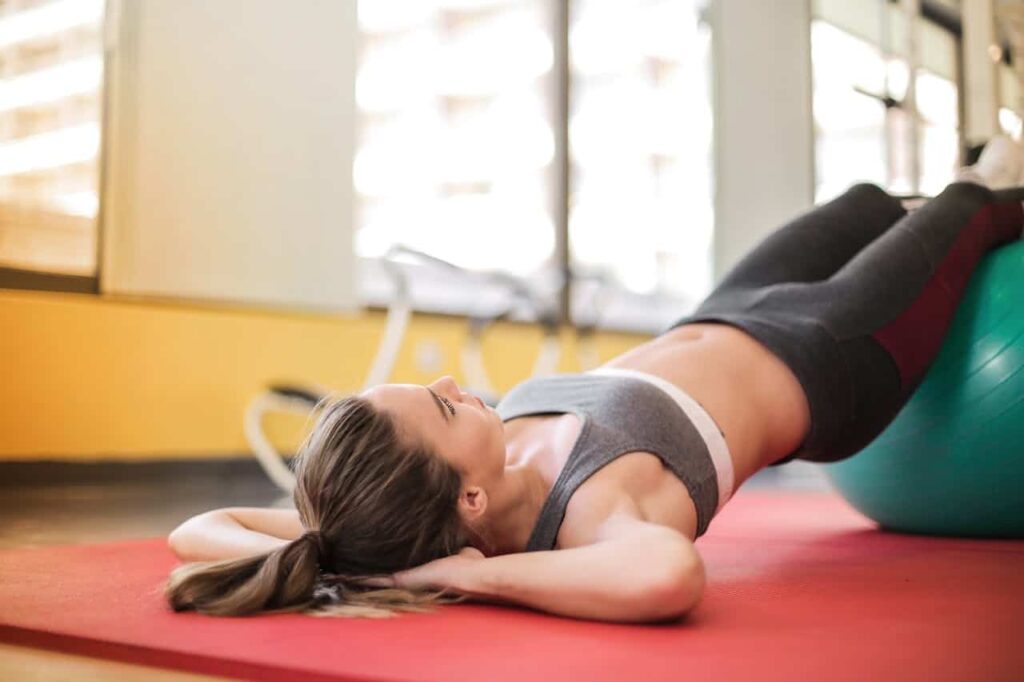
Shoulder Bridge Prep
Pilates exercises include the “Shoulder Bridge Prep”, aimed at strengthening the back muscles and promoting flexibility in the spine. This exercise is beneficial for individuals seeking relief from lower back pain and for those undergoing rehabilitation. It is a fundamental Pilates movement with various benefits:
- Enhances spinal mobility by gently articulating through the vertebrae, reducing stiffness and discomfort in the lower back.
- Activates and strengthens the glutes, hamstrings, and core muscles, helping to stabilize and support the spine during movements.
- Improves posture by engaging the shoulder girdle muscles, counteracting rounded shoulders often associated with back pain.
- Promotes body awareness as it requires coordinated movement of the pelvis, hips, and spine, fostering better alignment and control.
- Increases circulation to the spine and surrounding muscles, aiding in alleviating tension and promoting healing in the affected areas.
Utilizing this exercise as part of a Pilates routine can contribute significantly to back pain relief and rehabilitation while improving overall strength and flexibility in individuals seeking relief from back discomfort.
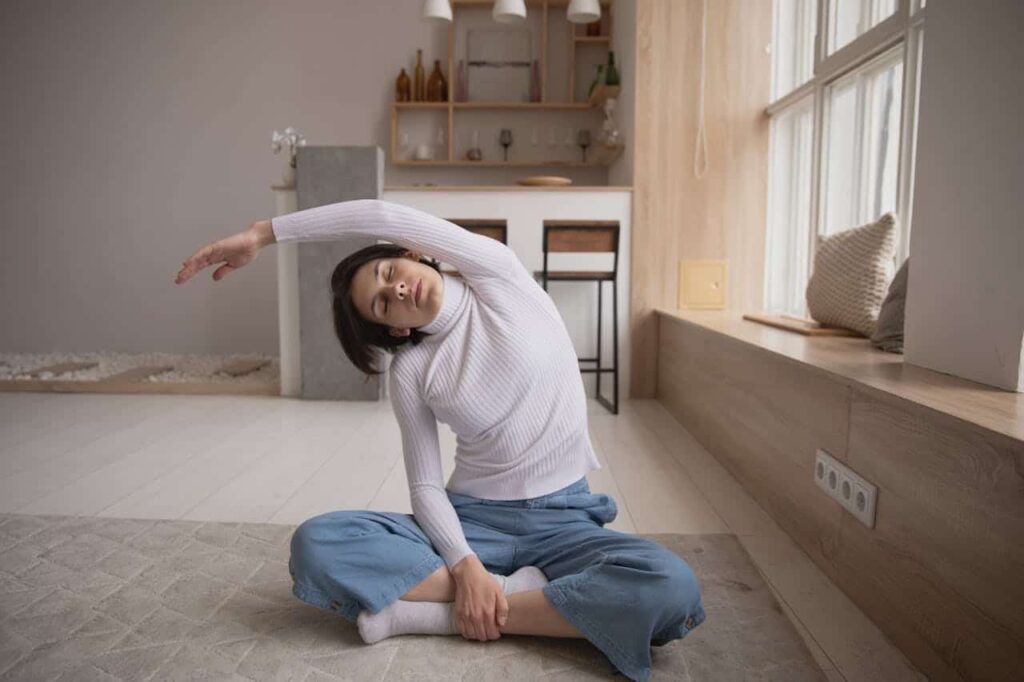
Side Bend
Pilates exercises include the side bend, which is beneficial for back pain relief and rehabilitation. This exercise strengthens the oblique muscles, enhances spinal flexibility and improves overall body alignment.
- The side bend involves sitting on a mat or floor with legs crossed, raising one arm overhead, and gently leaning to the opposite side.
- As you perform this movement, engage your core to stabilize your body and avoid leaning too far.
- Hold the stretch for several breaths to improve flexibility in the spine and side body.
- Repeat the movement on both sides to ensure balance in strengthening and lengthening the oblique muscles.
- Incorporating deep breathing during this exercise enhances relaxation and encourages greater range of motion in the spine.
- The side bend targets the lateral muscles of the body, addressing imbalances that may contribute to back pain.
- Regular practice of this exercise can contribute to improved posture and reduced strain on the lower back.
- Including the side bend in a Pilates routine can help alleviate discomfort associated with lower back pain while promoting overall spinal health.
This part of a Pilates routine aims at strengthening specific muscle groups to address back pain effectively, making it an essential element for those seeking relief through controlled movements and mindful practices.
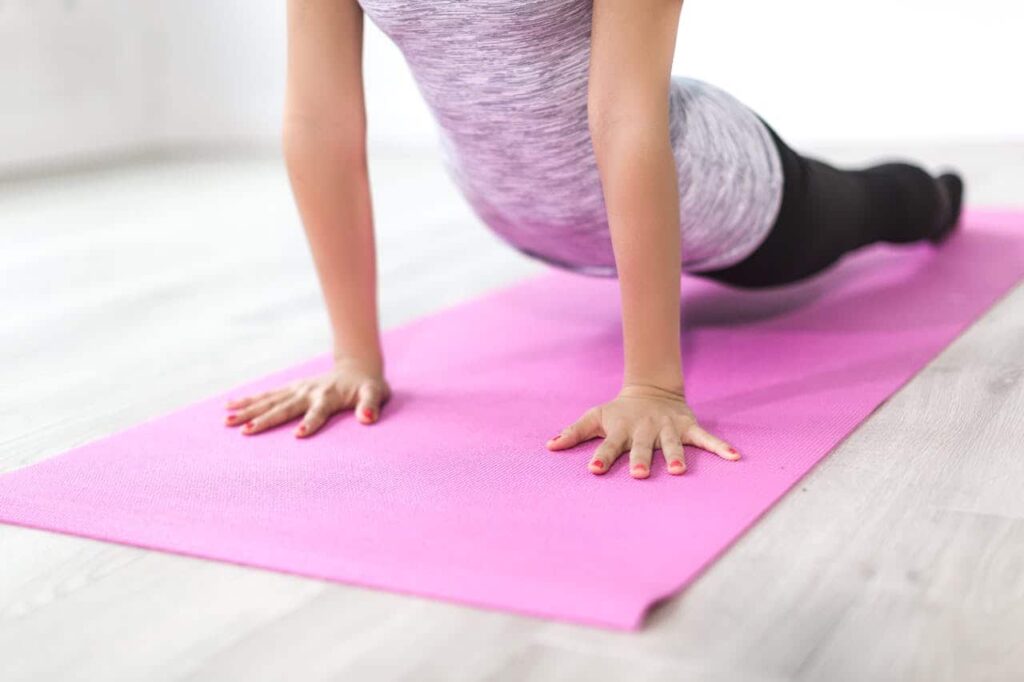
Basic Back Extension
Pilates exercises for back pain relief and rehabilitation focus on improving core strength, flexibility, and posture. Here are the key elements of the Basic Back Extension exercise:
- Targets the muscles in the lower back, promoting strength and flexibility
- Involves lying face down with hands under shoulders and exhaling while lifting chest off the ground
- Engages the entire back extensor muscles to improve spinal mobility
- Facilitates proper alignment of the spine and strengthens the muscles supporting it
- Helps alleviate lower back pain by addressing muscular imbalances and promoting better posture
Remember to perform this exercise mindfully and breathe deeply while engaging your core to maximize its benefits.
Unlock relief from back pain through this targeted Pilates movement that strengthens and supports your lower back.
Also Read The Benefits Of Stretching For Injury Prevention
Pilates Exercises for Back Pain Rehabilitation
Enhance your back pain rehabilitation with Pilates exercises and discover the benefits. Read more for effective techniques.
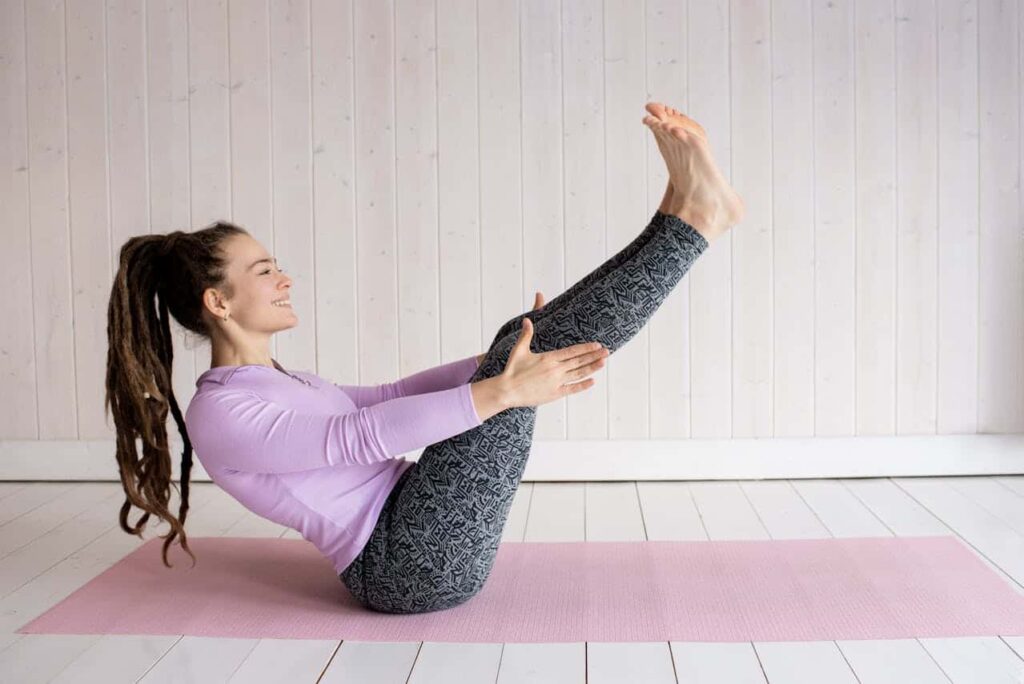
Pilates for Improved Core Strength
Pilates focuses on strengthening the core muscles, which is crucial for managing back pain. These exercises enhance core stability and endurance, offering vital support to the spine.
Engaging in Pilates sessions not only strengthens the core but also aids in improving overall body alignment and posture, reducing strain on the back and lowering the risk of experiencing back pain.
The emphasis on controlled movements and mindful breathing during Pilates workouts helps build strength, flexibility, and stability in the back and core muscles – essential components for alleviating lower back pain symptoms.
Core strengthening exercises are paramount for individuals with back pain. Pilates routines address this by centering on enhancing core muscle strength as it relates directly to better spine support.
This targeted approach can significantly contribute to reducing discomfort associated with lower back conditions such as sciatica or chronic non-specific low back pain. By integrating these specialized exercises into your regular routine at home or through therapeutic Pilates sessions, you can work towards developing a stronger and more resilient core that offers improved spinal support – an integral part of effectively managing lower back issues.
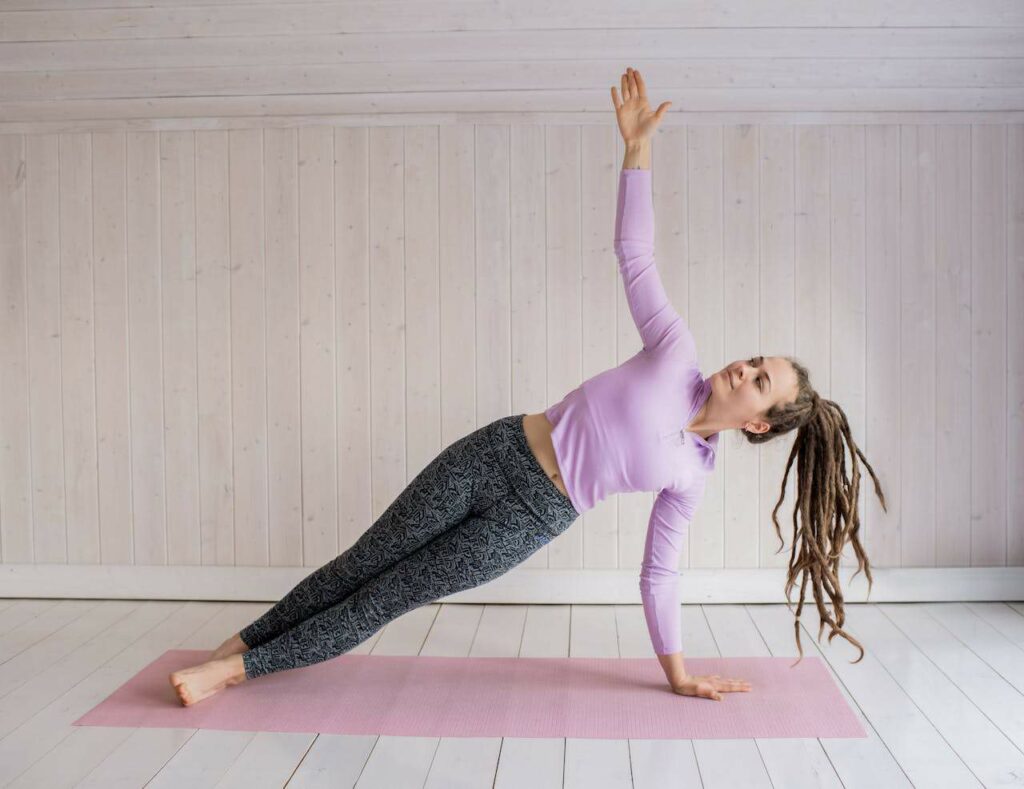
Pilates for Enhanced Flexibility
Enhance flexibility through Pilates exercises targeting the back and core muscles. The controlled movements in Pilates help improve overall body alignment, leading to reduced strain on the back and minimized risk of back pain.
Furthermore, Pilates focuses on strengthening core muscles, which in turn provides better support for the spine, contributing to increased flexibility and reduced discomfort associated with lower back pain.
Pilates maneuvers can enhance not only core strength but also muscle strength and posture, thereby promoting greater flexibility in the body. These exercises are specifically designed to enhance flexibility while minimizing the risk of flare-ups or exacerbating existing back pain issues.
Incorporating these targeted movements into a regular routine at home allows individuals seeking more than just relief from lower back pain to cultivate improved body awareness, agility, and vitality.
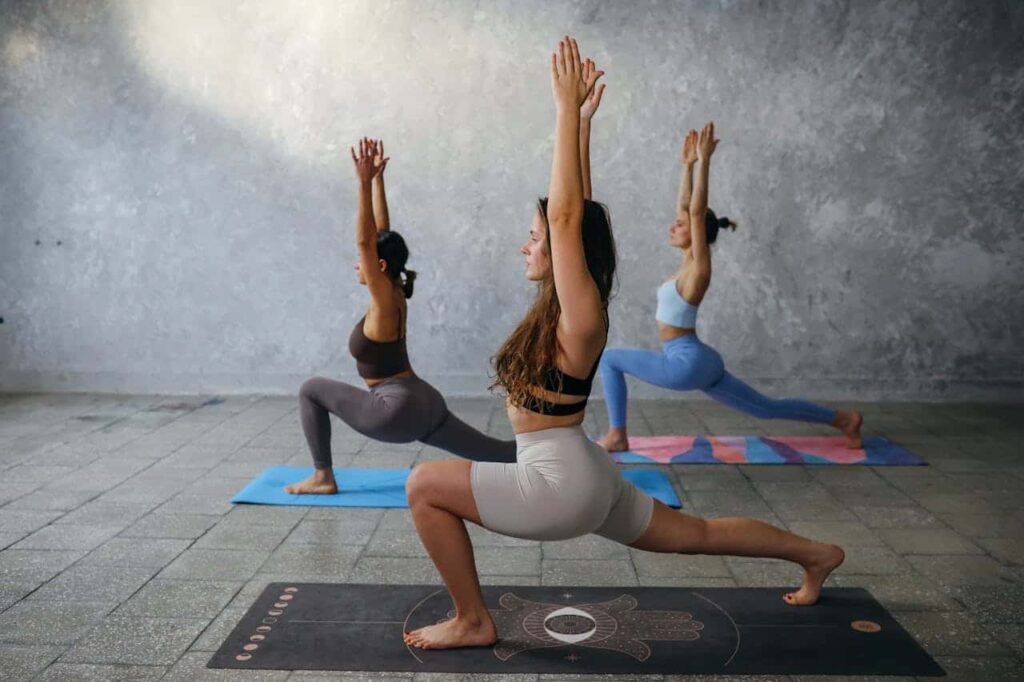
Pilates for Better Body Awareness
Transitioning from enhancing flexibility to better body awareness, Pilates exercises focus on mindful movements and precision. These exercises help individuals become more attuned to their body’s alignment, movement patterns, and muscle engagement.
By incorporating Pilates for better body awareness, individuals can develop a deeper understanding of their posture, muscle imbalances, and movement habits. This heightened awareness enables them to make conscious adjustments that promote improved body mechanics and reduce strain on the back.
Pilates for better body awareness emphasizes postural alignment, muscle engagement, and balanced movement patterns. By integrating these principles into Pilates exercises for back pain relief and rehabilitation, individuals can gain greater control over their body’s movements while promoting enhanced core stability and reduced risk of future back pain flare-ups.
Suggested Read How To Avoid Overtraining And Burnout When Exercising
Improve back pain with Pilates exercises
Alleviate Back Pain with Pilates. Strengthen your core, improve flexibility, and enhance body awareness. Say goodbye to back pain and embrace a healthier, stronger you.
